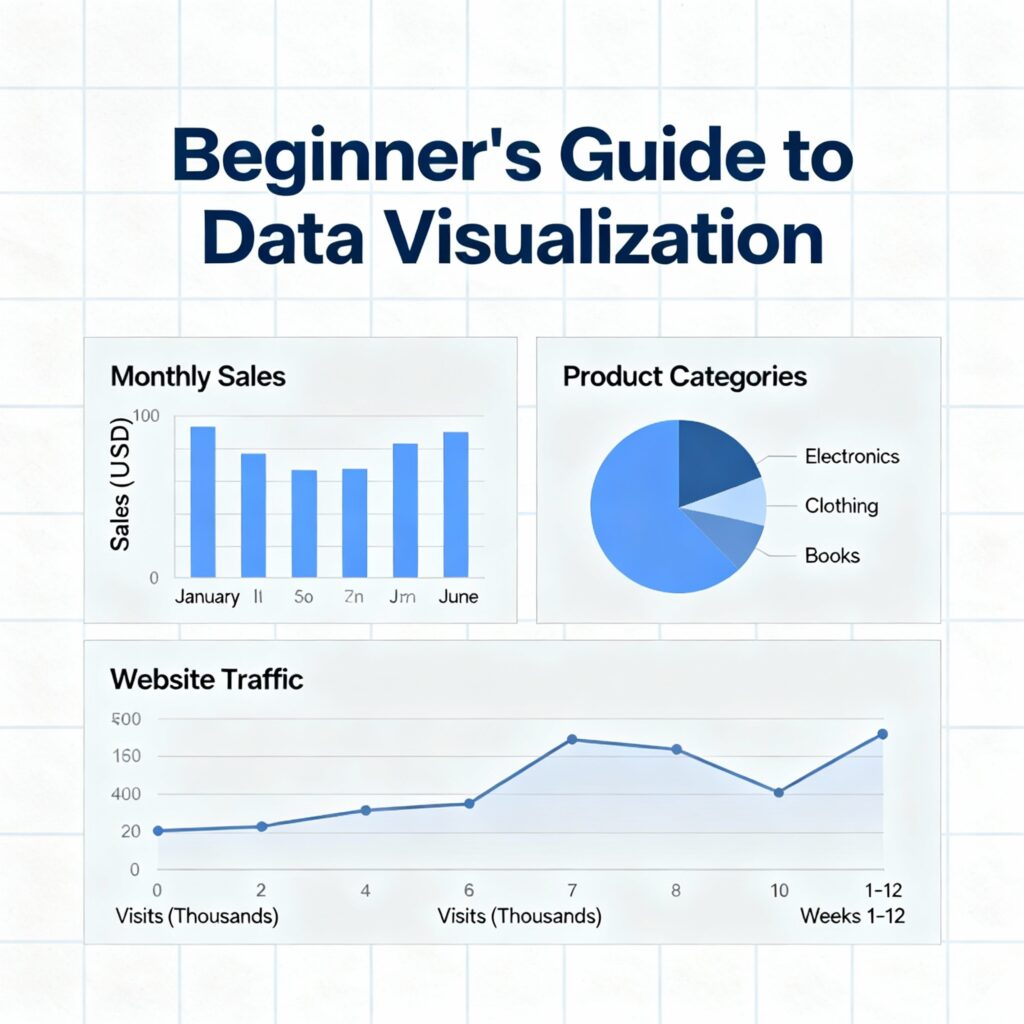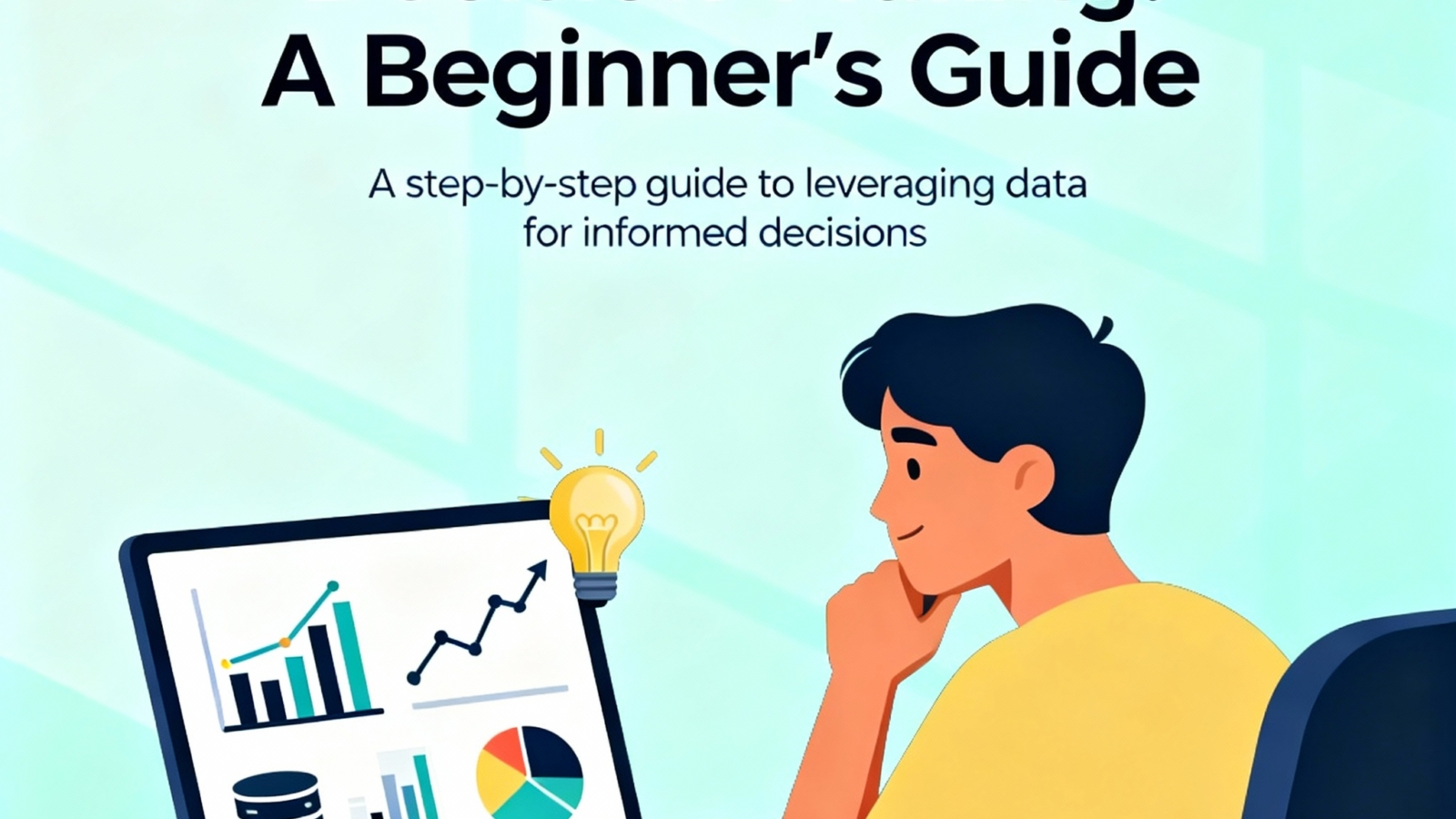In today’s fast-paced digital world, data is the new fuel for business success. Whether you’re running a startup or managing an enterprise, making decisions based on intuition alone is risky. That’s where ityanta technology and solutions comes in helping you turn raw information into meaningful insights through data analytics for smarter decision-making.
This beginner’s guide will walk you through the basics of data analytics, its importance, and how your business can start using it effectively.
📊 What Is Data Analytics?
Data analytics is the process of collecting, processing, and analyzing data to uncover patterns, trends, and insights that can guide business decisions.
It involves four main types:
- Descriptive Analytics – What happened?
- Diagnostic Analytics – Why did it happen?
- Predictive Analytics – What could happen next?
- Prescriptive Analytics – What should we do about it?
Example:
If sales dropped last quarter, descriptive analytics tells you it happened, diagnostic analytics explains why, and predictive analytics helps you forecast future sales.
💡 Why Data Driven Decisions Matter
Businesses that rely on analytics outperform their competitors in almost every area from marketing to operations. Here’s why:
- Improved Accuracy: Data removes guesswork and provides factual evidence.
- Better Forecasting: Predict customer demand and market trends.
- Cost Savings: Identify inefficiencies and reduce waste.
- Enhanced Customer Experience: Understand customer behavior and personalize solutions.
Simply put, data analytics helps you make confident, evidence backed decisions.
🧠 The Data Analytics Process (Step-by-Step)
- Data Collection: Gather data from sources like CRM systems, websites, social media, or IoT devices.
- Data Cleaning: Remove duplicates, fix errors, and standardize formats.
- Data Analysis: Use tools like Power BI, Tableau, or Python to find patterns.
- Visualization: Present data with easy-to-understand charts and dashboards.
- Decision & Action: Use insights to improve performance or solve problems.
⚙️ Tools Every Beginner Should Know
- Microsoft Power BI – Ideal for business dashboards.
- Google Data Studio / Looker – Great for marketing data.
- Excel / Google Sheets – Perfect for small-scale analysis.
- Tableau – Advanced data visualization platform.
- Python / R – For deeper statistical analysis and automation.

📈 Real-World Example
A retail company noticed a drop in online sales. By analyzing customer journey data, they discovered most users abandoned carts during checkout on mobile.
✅ Solution: They optimized their mobile site.
📊 Result: Sales increased by 23% in one month.
This simple example shows how data analytics drives tangible business growth.
🚀 Getting Started for Your Business
Here’s how your organization can begin:
- Define your business objectives.
- Identify key data sources.
- Choose an analytics tool suited to your scale.
- Build a small internal analytics team or hire experts.
- Start with one area (like marketing or operations) and expand.
🔮 Future of Data Analytics
With advances in AI and machine learning, data analytics is becoming more predictive and automated. In the near future, businesses will make real-time decisions powered by AI-driven insights unlocking new opportunities for growth and innovation.
🏁 Conclusion
Data analytics is no longer optional it’s a necessity for smart business growth. Even as a beginner, understanding and using data can help you make informed, strategic, and impactful decisions.
At Ityanta Technology and Solutions, we help businesses harness the power of analytics to make smarter, faster, and more profitable decisions.
👉 Need help setting up your data analytics strategy?
Contact us today to turn your data into growth.

Add a Comment